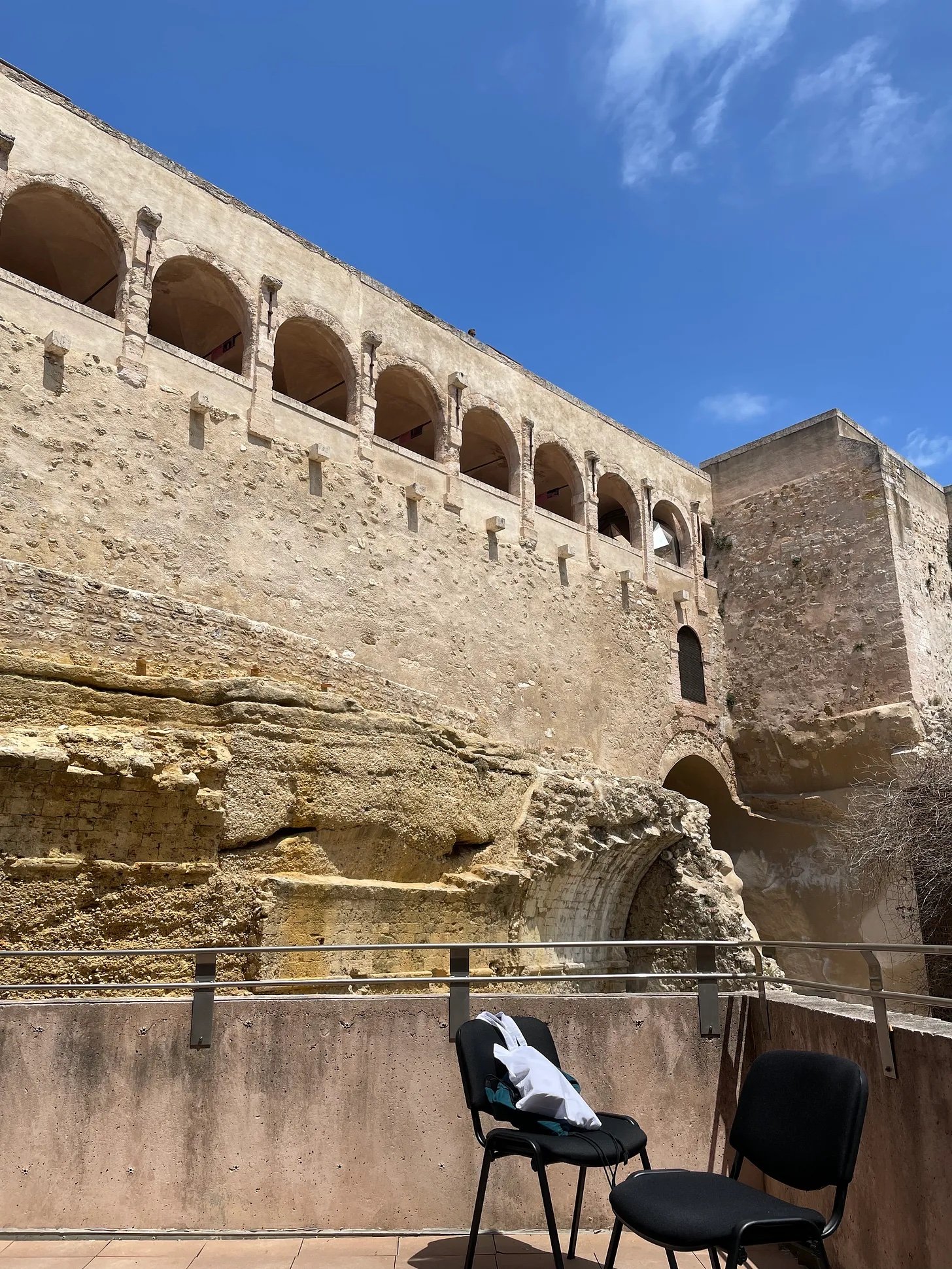My review of McKenzie Wark’s book Raving recently went live on Popular Music, and it’s prompted me to reflect more deeply on the review as a discursive idiom than I ever did before. In fact, it even motivated me to start a music review blog, where I posted some thoughts on raving and electronic music that were outside the scope of my 1,000 word academic review.
I was motivated to review Wark’s book for two main reasons. First, it applies theoretical frameworks from media and gender studies to the contemporary New York City techno scene, which I am peripherally a part of, and I felt that my decade-plus experience with both media theory and NYC techno could make me a uniquely qualified reviewer. Second, I wanted to keep my review-writing experience fresh, because I’m the book reviews editor for a different academic journal, and I recently asked the students in my Archives & Manuscripts course to write book reviews of their own.
Needless to say, I wrote, edited, and graded a lot of reviews this semester. I believe in the review as an expressive form, despite its often-denigrated status. During my undergrad years I often used book reviews to save time on my coursework. I would read several book reviews before ever opening the book itself, then skim through quickly, paying close attention only to the sections that seemed most relevant according to the reviews. Was it the best way to read a book? Maybe not, but I got all my work done on time and avoided a lot of the anxiety that students get when facing down a mountain of reading.
Raving is so short that it hardly requires skimming, but I hope my review can still add value. In fact, for a really slim book, I think a review can help to build up a discursive network around the work itself in a productive way. Rather than saving a reader time, the review of a very brief work gives the reader more to engage with. I know that when I finish reading something that really piques my interest, I often go hunting for reviews that can add new context or insight.
For my students, I hope that writing a book review gets them to engage more closely with a work they’re really interested in, which I never could have selected on their behalf. In some cases, it might even help them get a publication out. If they can publish something they wrote in my class, all the better—what an effective use of time!
My review of Raving is up now at Popular Music, with additional thoughts on my new music blog.

















